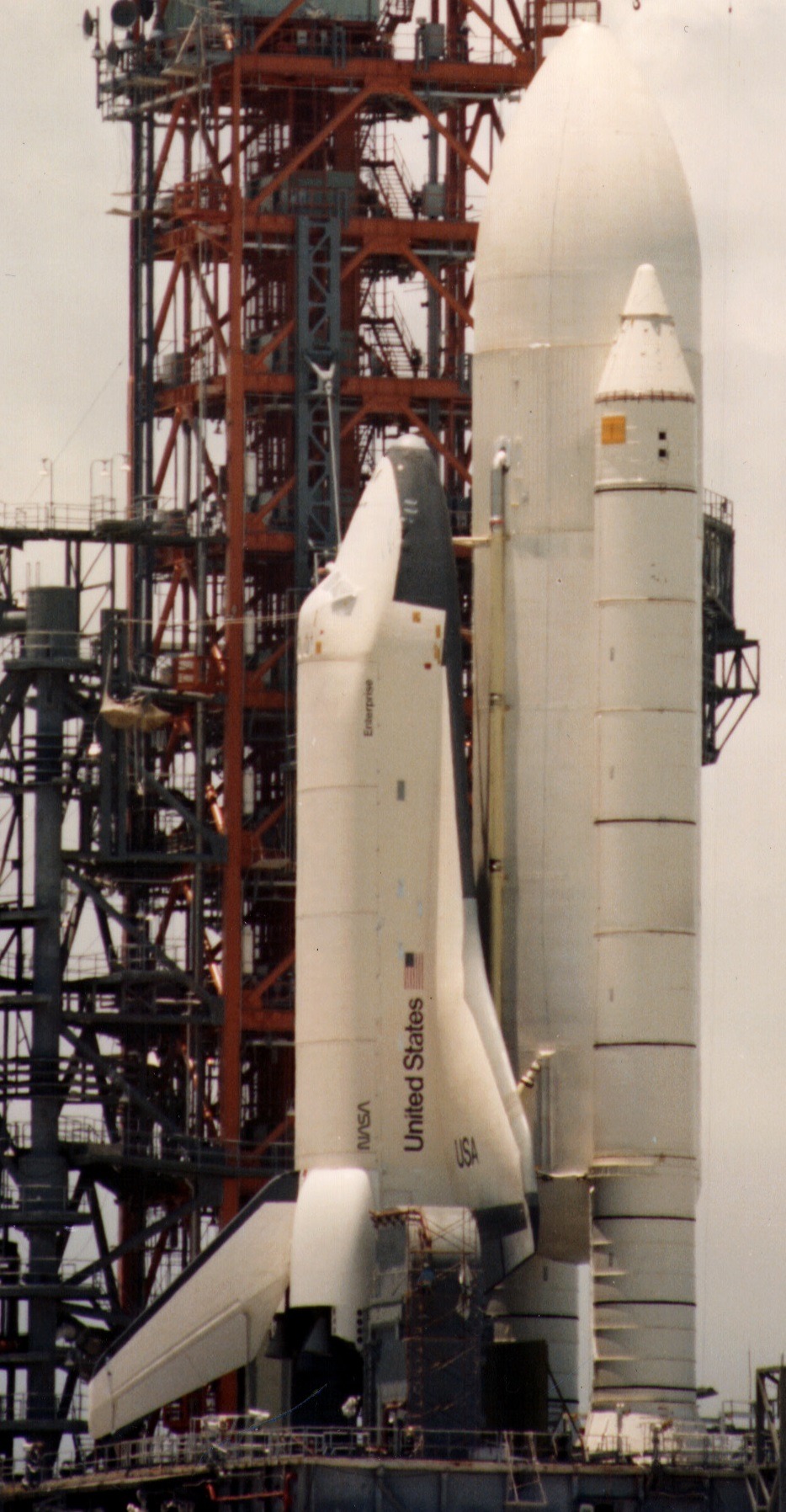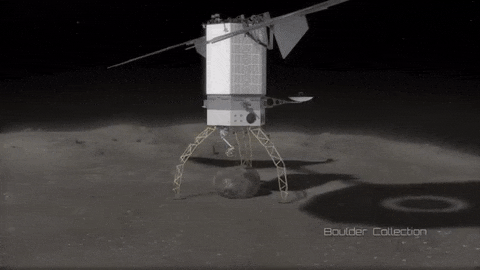'Proofs' 6 Though 10 Of Eric Dubay's '200 Proofs The Earth Is Not A Spinning Ball' Refuted.
'Proofs' 6 though 10 of Eric Dubay's '200 Proofs the Earth is Not A Spinning Ball' refuted.

More Posts from Scistrike-blog and Others
Juno Spacecraft Achieves Orbit of Jupiter
Juno Spacecraft Achieves Orbit of Jupiter
The Juno spacecraft, which left Earth in 2011, is now safely in orbit around Jupiter!
The orbit insertion marks the third and fourth time Juno’s on-board engine was used in space. The first two times occurred during its long flight to adjust its trajectory. This last two burns, at a little over 30 minutes each, slowed the craft just enough to be snagged by the gravity of Jupiter. (more…)
View On WordPress
Eric Hovind 5 Part IV: Abstract Thinking In this video, we analyze Eric's thoughtful equation 'Confusion, Confusion, Confusion, THEREFORE God'
Is Genesis History?
On February 23rd, I reluctantly attended the showing of a film called “Is Genesis History?”
IS GENESIS HISTORY? is a comprehensive documentary featuring creationist scientists and scholars looking at the world and explaining how it intersects with the history recorded in Genesis. From rock layers to fossils to lions to stars, this film attempts to challenge and change the way you see the world.
I…
View On WordPress
Let History Never Forget the Name Enterprise
Just as the captains of the fictional 24th century Starfleet blazed a trail among the stars, the space shuttle Enterprise helped pave the way for future space exploration.
Fifty years ago, Star Trek debuted with the USS Enterprise as the main space-faring vessel used in much of the Star Trek universe. As such, the vessel holds a treasured place in the hearts of Star Trek fans and is as much of a character in the show as Kirk and Spock. Over three different series and a total of 14 seasons on TV and 13 feature films, the iterations of Enterprise have captured the imaginations and provided inspiration for its fans across the globe.
This brief history of the shuttle tells the tale of humanity’s first reusable spacecraft. Space shuttles were first built in the late 1970s and were flown in space from 1981 to 2011. Their missions ranged from helping to build the International Space Station to repairing the Hubble Space Telescope.
It’s All In The Name

The first shuttle was originally to be named Constitution, celebrating the country’s bicentennial and was to be unveiled to the public on Constitution Day, Sept. 17, 1976. However, a massive letter-writing campaign by Star Trek fans prompted President Gerald Ford to suggest the change. In the above photo, we see the shuttle Enterprise rolled out in Palmdale, California, with cast members of Star Trek on Sept. 17, 1976.
To Boldly Go …

This circular red, white and blue emblem was the official insignia for the Space Shuttle Approach and Landing Test flights and became a model for future space shuttle mission patch designs, including placing the names of the crew on the patch . The four astronauts listed on the patch are:
Fred Haise., commander of the first crew
Charles Fullerton, pilot of the first crew
Joe Engle, commander of the second crew
Dick Truly, pilot of the second crew
First Impressions

In this image, Enterprise makes its first appearance mated to its boosters as it is slowly rolled to the huge Vehicle Assembly Building (VAB) at Kennedy Space Center. Although she never flew in space, shuttle Enterprise underwent a series of fit and function checks on the pad in preparation for the first launch of its sister craft, Columbia.
Not Meant To Be

Enterprise sits on Launch Complex 39 at Kennedy Space Center undergoing tests after completing its 3.5 mile journey from the VAB. Have you ever wondered why Enterprise never went into space? Converting Enterprise from a training vehicle to space-worthy one was too cost prohibitive, our engineers felt.
Engage

Commander Fred Haise and pilot Charles Fullerton are seen in the cockpit of Enterprise prior to the fifth and final Approach and Landing Test at Dryden Flight Research Center (Armstrong Flight Research Center). The tests were performed to learn about the landing characteristics of the shuttle.


It’s Been An Honor To Serve With You

The Enterprise’s two crews pose for a photo op at the Rockwell International Space Division’s Orbiter assembly facility at Palmdale, California. They are (left to right) Charles Fullerton, Fred Haise, Joe Engle and Dick Truly.
Fair Winds And Following Seas

On July 6, 2012, the Enterprise, atop a barge, passes the Statue of Liberty on its way to the Intrepid Sea, Air and Space Museum, where is now permanently on display.
Learn more about Star Trek and NASA.
Make sure to follow us on Tumblr for your regular dose of space: http://nasa.tumblr.com
I was fortunate enough to see the full-size model of this craft at @nasagoddard and was given a description & full explanation of the ambitious mission. Thanks, NASA Social!
Mission Possible: Redirecting an Asteroid
As part of our Asteroid Redirect Mission (ARM), we plan to send a robotic spacecraft to an asteroid tens of millions of miles away from Earth, capture a multi-ton boulder and bring it to an orbit near the moon for future crew exploration.

This mission to visit a large near-Earth asteroid is part of our plan to advance the new technologies and spaceflight experience needed for a human mission to the Martian system in the 2030s.
How exactly will it work?
The robotic spacecraft, powered by the most advanced solar electric propulsion system, will travel for about 18 months to the target asteroid.

After the spacecraft arrives and the multi-ton boulder is collected from the surface, the spacecraft will hover near the asteroid to create a gravitational attraction that will slightly change the asteroid’s trajectory.

After the deflection is verified, the robotic vehicle will deliver the boulder into a stable orbit near the moon. During the transit, the boulder will be further imaged and studied by the spacecraft.

Astronauts aboard the Orion spacecraft will launch on the Space Launch System rocket to explore the returned boulder.

Orion will dock with the robotic vehicle that still has the boulder in its grasp.

While docked, two crew members on spacewalks will explore the boulder and collect samples to bring back to Earth for further study.

The astronauts and collected samples will return to Earth in the Orion spacecraft.
How will ARM help us send humans to Mars in the 2030s?

This mission will demonstrate future Mars-level exploration missions closer to home and will fly a mission with technologies and real life operational constraints that we’ll encounter on the way to the Red Planet. A few of the capabilities it will help us test include:
Solar Electric Propulsion – Using advanced Solar Electric Propulsion (SEP) technologies is an important part of future missions to send larger payloads into deep space and to the Mars system. Unlike chemical propulsion, which uses combustion and a nozzle to generate thrust, SEP uses electricity from solar arrays to create electromagnetic fields to accelerate and expel charged atoms (ions) to create a very low thrust with a very efficient use of propellant.
Trajectory and Navigation – When we move the massive asteroid boulder using low-thrust propulsion and leveraging the gravity fields of Earth and the moon, we’ll validate critical technologies for the future Mars missions.
Advances in Spacesuits – Spacesuits designed to operate in deep space and for the Mars surface will require upgrades to the portable life support system (PLSS). We are working on advanced PLSS that will protect astronauts on Mars or in deep space by improving carbon dioxide removal, humidity control and oxygen regulation. We are also improving mobility by evaluating advances in gloves to improve thermal capacity and dexterity.
Sample Collection and Containment Techniques – This experience will help us prepare to return samples from Mars through the development of new techniques for safe sample collection and containment. These techniques will ensure that humans do not contaminate the samples with microbes from Earth, while protecting our planet from any potential hazards in the samples that are returned.
Rendezvous and Docking Capabilities – Future human missions to Mars will require new capabilities to rendezvous and dock spacecraft in deep space. We will advance the current system we’ve developed with the international partners aboard the International Space Station.
Moving from spaceflight a couple hundred miles off Earth to the proving ground environment (40,000 miles beyond the moon) will allow us to start accumulating experience farther than humans have ever traveled in space.
Make sure to follow us on Tumblr for your regular dose of space: http://nasa.tumblr.com
http://www.youtube.com/watch?feature=player_embedded&v=hgBHWkjVks4
Bill Nye says "Change the world!" at Reason Rally On June 4th, 2016, Bill Nye, clad in his customary suit and bow tie, took center stage at Reason Rally in Washington DC.
Tri-State Freethinkers to Protest Ark Encounter
Tri-State Freethinkers to Protest Ark Encounter
Tri-State Freethinkers to Protest Ark Encounter and Rally for Science and Reason Afterwards
Tri-State Freethinkers will protest the grand opening of the Ark Encounter in Williamstown, KY on July 7 at 10am. Joining them will be American Atheists, Secular Coalition of America, Freedom from Religion, United Coalition of Reason, Secular Student Alliance, Kentucky Secular Coalition, and Young…
View On WordPress
Huckster of the Month: AntiVaxxer 'Dr' Sherri Tenpenny
Meet ‘Dr’ Sherri Tenpenny. The Encyclopedia of American Loons describes her as follows:
“Sherri Tenpenny, an osteopath who doesn’t appear to practice medicine in any recognizable way anymore, is an abysmally crazy promoter of woo, antivaxx views and conspiracy theories.”[1]
Upon investigation, we were not let down. The reality lived up to the expectations set by that glowing review. (more…)
View On WordPress
Exposing the misinformation of science-deniers, moon-hoaxers, flat-earthers and the rest of the tinfoil hat wearing crowd at www.sciencedenierhallofshame.com
99 posts